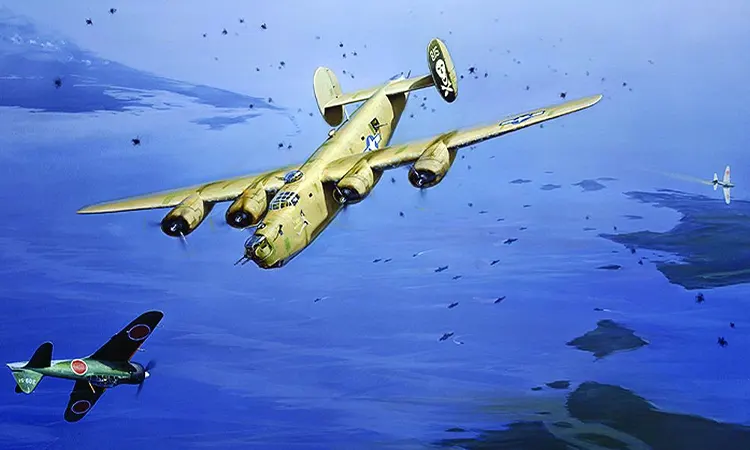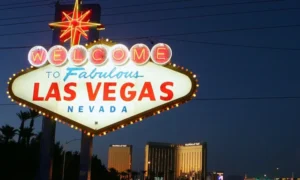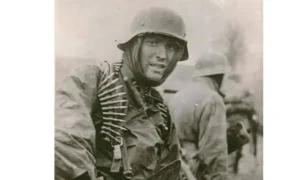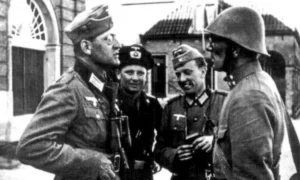So when you mention “Jolly Rogers,” your mind immediately thinks pirate—black sails, grinning skulls, the entire Jack Sparrow look. But the catch is this: in World War II, the very same tough-and-toughy image was emblazoned on the tail fins of American bombers. Right, actual war planes flying over the enemy’s territory, essentially shouting, “Buckle up, we’re not joking.”
Those Jolly Rogers weren’t flying up there for appearances’ sake, either. That was a do-or-die squadron. Flesh and blood pilots, real planes, bullets flying, all that chaos. Each bomber that flew out, you’d have a crew pilots, gunners, the guy on radio sweating bullets, navigators trying not to get everybody lost—doing their job like their life depended on it (because, spoiler alert: it did). These men weren’t legends due to some unholy skull badge. No, it was because of the stories they accumulated, the near misses, and, quite simply, the ones who never got to tell their own tales.
This is what this blog is all about. Those guys. They whose names are engraved on crew manifests, recorded in logbooks, sometimes just remembered barely but yet echoing throughout history. We’re looking at who they were, how their crews came together, why their names still echo, and where you can actually find pieces of his tale maybe buried in dusty archives, maybe right here at miltrade
Formation and Role in WWII
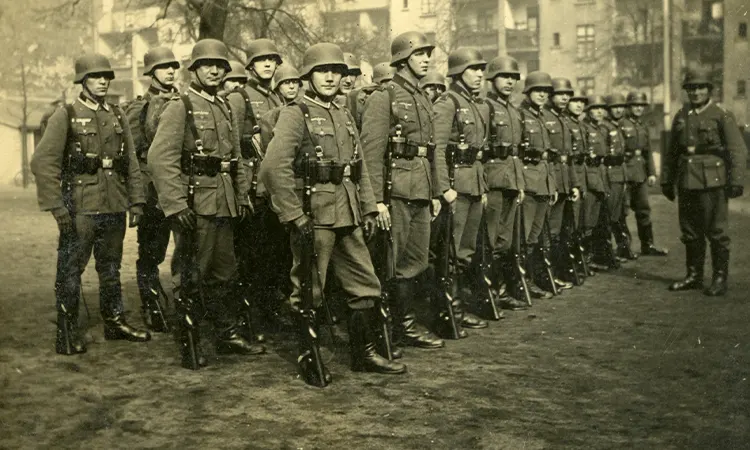
So, when you hear “Jolly Rogers,” your brain probably jumps straight to pirates—black flags, grinning skulls, the entire Jack Sparrow vibe. But here’s the twist: in World War II, that same tough-guy emblem was painted right onto the tails of U.S. bombers. That’s right, actual war planes tearing through the skies, basically saying, “Buckle up, we’re not messing around.”.
Those Jolly Rogers weren’t out there for display, either. That was a serious squadron. Flesh-and-blood men, real planes, bullets flying, all that chaos. Every time one of those bombers took off, you had a crew pilots, gunners, the radio man sweating bullets, navigators trying not to get everyone lost—doing their thing like their lives depended on it (because, spoiler alert: they did). These men didn’t become legends due to some spooky skull badge. No, it was the stories they collected, the close calls, and, honestly, the ones who never got to tell their own tales.
What Makes the Crew List So Important?
A crew list isn’t just a boring old roll call it’s basically a freeze-frame of a team mid-flight. You’ve got the pilot at the stick, some navigator sweating over charts, the radioman fiddling with static, and of course the gunners, probably cursing their luck. Every name? That’s someone with a job, a heartbeat, and let’s be honest a whole lot on the line. History buffs utilize the lists to separate who flew where and with whom, yet collectors? Oh man, they lose it, since all of a sudden that tattered flight jacket or logbook has a genuine story behind it. And for the families, man, seeing that name is more than paperwork. It’s like holding a piece of valor and remembering exactly what was put on the line.
Known Crew Members and Their Stories

Alright, let’s ditch the museum plaque vibes and get real about the Jolly Rogers crew—these guys weren’t just some textbook heroes; they were absolute maniacs (in the best way) flying PB4Y-1 Liberators and sticking it to the Japanese in the Pacific. Here’s the lineup:
1. Lt. Cmdr. Charles T. Booth II – Squadron Top Dog
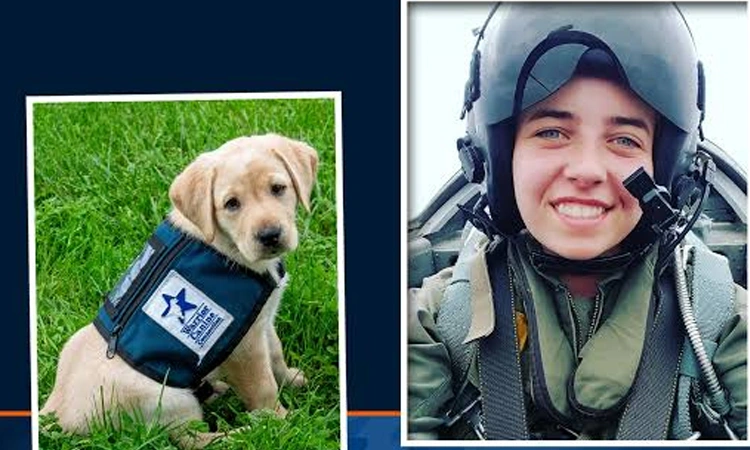
Booth? The man was practically the Jolly Rogers. This guy had “no guts, no glory” stamped on his soul. He’d fly his crews on some of the craziest bombing missions, almost daring the enemy to take a shot at him. Discipline? Sure, but more the “don’t die and don’t mess up my plane” type. The Navy knew his name, and not because he flew safe.
2. Lt. (jg) William R. Warrington – Pilot
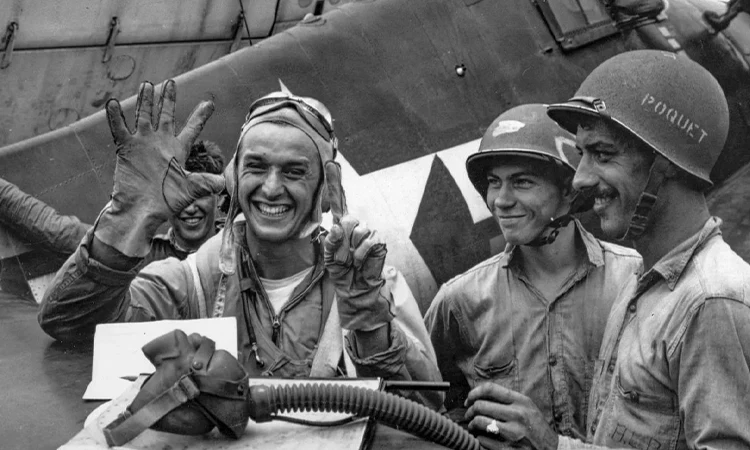
Warrington’s logbook was basically a greatest hits mixtape of wild Pacific missions. He flew into action near the Philippines and Formosa like it was just another Tuesday. The guy was ice-cold—crews loved him because he didn’t panic, ever. Later, he tamed the next generation as a flight instructor. Bet he had stories.
3. ARM2c Thomas E. Hartley – Radioman/Gunner
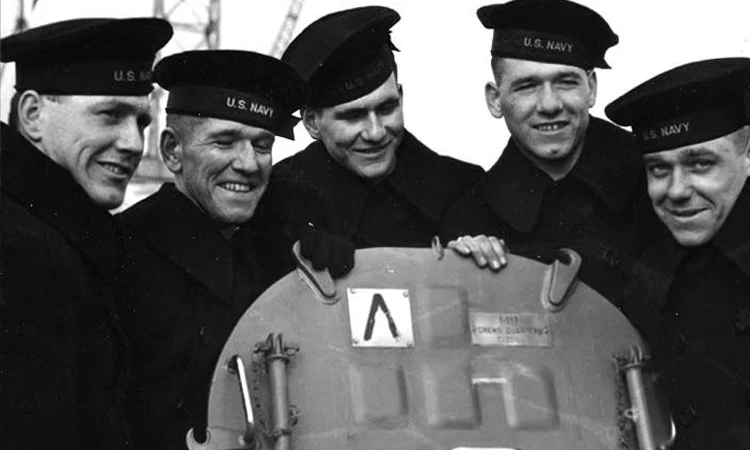
Hartley had one hand on the radio, the other on a trigger. Dude shot down two enemy fighters over the East China Sea. And when their Liberator took a beating and crash-landed, he got that SOS out fast enough to save everyone’s bacon. Not bad for a guy stuck in the back.
4. AMM1c George L. DeYoung – Flight Engineer
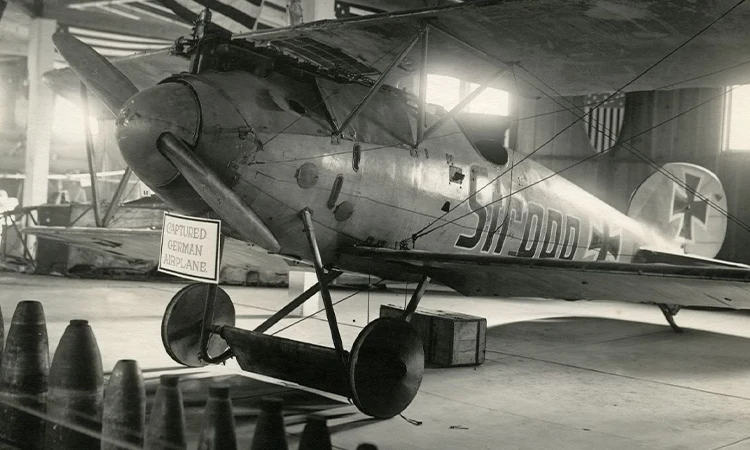
If the engines coughed, DeYoung was on it. He had to baby those props across ridiculous distances—one of his flights set a range record for Navy bombers back then. His logbooks? Still sitting in the National Archives, probably with oil stains and a lot of swearing in the margins.
5. Lt. John F. Draper – Navigator
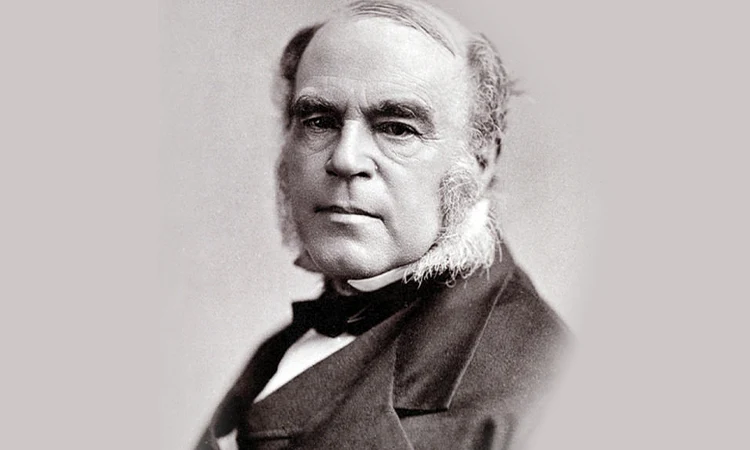
Draper could find a tiny atoll in the dark from a thousand miles away. He made up new tricks for navigation under fire, literally. When other crews talked about “getting home,” they meant “Draper, get us home.” He did, more than once.
6. ARM3c Lester D. Cramer – Radioman (KIA)
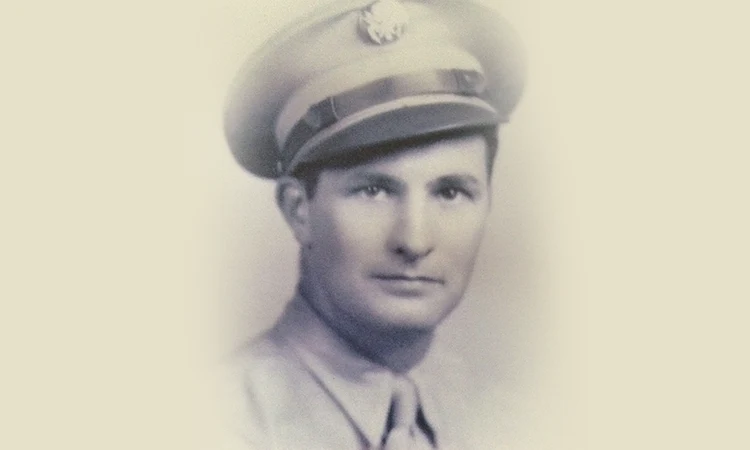
This one hits hard. Cramer’s crew went down over Palau and didn’t come back. His letters and a few records surfaced later, and now his name is with the missing at the Manila American Cemetery. Gone, but trust me, not forgotten.
7. Lt. Robert A. Willson – Bombardier
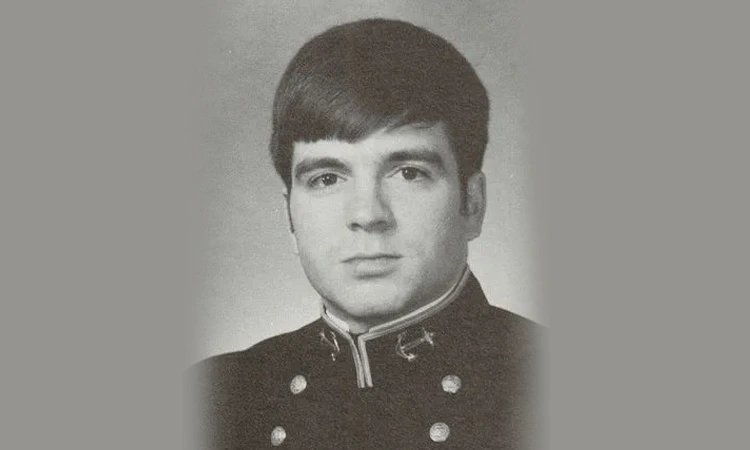
Willson could drop a bomb down a smokestack with that Norden bombsight of his. He knocked out destroyers near Okinawa and wrote it all down in his journals—real page-turners for the history nerds. Those journals? People still cite them for the gritty details.
These weren’t just names on a dusty roster. They were tight-knit crews, flying hunks of metal into hell and back. Every faded photo, every scrap of a mission log, every dog tag—they’re pieces of a wild, gutsy legacy that still echoes today.
Where to Find Original Crew Lists and Documents
Original mission crew manifests of the missions flown by the Jolly Rogers may be found in several significant archives. Mission logs and squadron records are preserved by the U.S. National Archives, and online records exist on sites like the Naval History and Heritage Command and Fold3.com. Individual documents, correspondence, and flying logs have been preserved by some families, and original manifests can be found at reputable sites like miltrade.com. These lists do not come about frequently, but when they do, they offer unparalleled historical and emotional value.
Known Crew Members and Their Stories
| Name | Role | Notable Contribution |
|---|---|---|
| Lt. Cmdr. Charles T. Booth II | Squadron Commander | Led high-risk bombing missions; iconic leadership figure |
| Lt. (jg) William R. Warrington | Pilot | Flew daring missions in Pacific Theater; later trained new pilots |
| ARM2c Thomas E. Hartley | Radioman/Gunner | Shot down two enemy aircraft; saved crew after crash landing |
| Lt. John F. Draper | Navigator | Expert at night and long-range navigation; saved multiple crews |
| ARM3c Lester D. Cramer | Radioman (KIA) | Killed in action over Palau; remembered at Manila American Cemetery |
Final Thoughts
Here’s the thing: the Jolly Rogers weren’t hip logo stuck on a plane or a cool nickname dudes slung around in the bar. Nah, behind every skull and crossbones, there were actual dudes—yeah, with real names, real backstories. Picture pilots swapping bad jokes on approach, gunners fidgeting over their gear, engineers buzzing on coffee and nervous energy, and radiomen holding their breath for good news through static. They swore, they laughed, they prayed (a great deal). A few were fortunate and made it back home; a few others… well, their names rested upon cold granite, with no one to actually care enough to even recall.
You ever see a crew list? Looks boring, I suppose. Just lots of names and job titles. But to someone who gets it, that’s really a list of guts and grit. Every single line is a story. And it’s amazing how history only feels real when you realize that it’s about people and not dates or some dusty old legend.
Collectors, historians, or just plain folks trying to piece together Grandpa’s history these old papers are worth their weight in gold. They’re a hot line to WWII, but it’s not patches and medals, it’s the men who wore ’em and what it all means.
Part of the reason that miltrade does what it does. We understand that those names do matter. That’s why we help people find the real deal actual papers, equipment that’s been in combat, the type of knick-knacks that you can hold in your hand and feel the weight of. The Jolly Rogers, anyone? It’s not myth. It’s the people who made it legendary some times at the expense of all.
FAQs
How would I even know that these people existed?
I myself asked myself the same question at first. But then I saw logbooks and crew manifests listed on Miltrade, and the reality was clear—these names aren’t paper ink, they’re proof that real men flew real flights.
Can I view original Jolly Rogers crew rosters today?
Yep, they’re rare but out there. The National Archives and Naval Heritage Command have some, but Miltrade sometimes has originals or verified scans for collectors and historians.
Did any of their gear survive the war?
Absolutely. Uniforms, flight logs, even bomb sights show up from time to time. Miltrade is where I’ve seen the best chances of scoring the real deal—not reproductions.
Why does a crew list even matter to collectors?
Because when you’re able to place a name on an artifact—a flight jacket, dog tag—then that object goes from “cool” to “personal.” That’s why Miltrade focuses on provenance and authenticity.
How do I know what is real and what is fake?
You have to seek out detail—mission data, depot stamps, constant names on papers. Or just do what I do: double-check against verified Miltrade listings and ask the community there.
